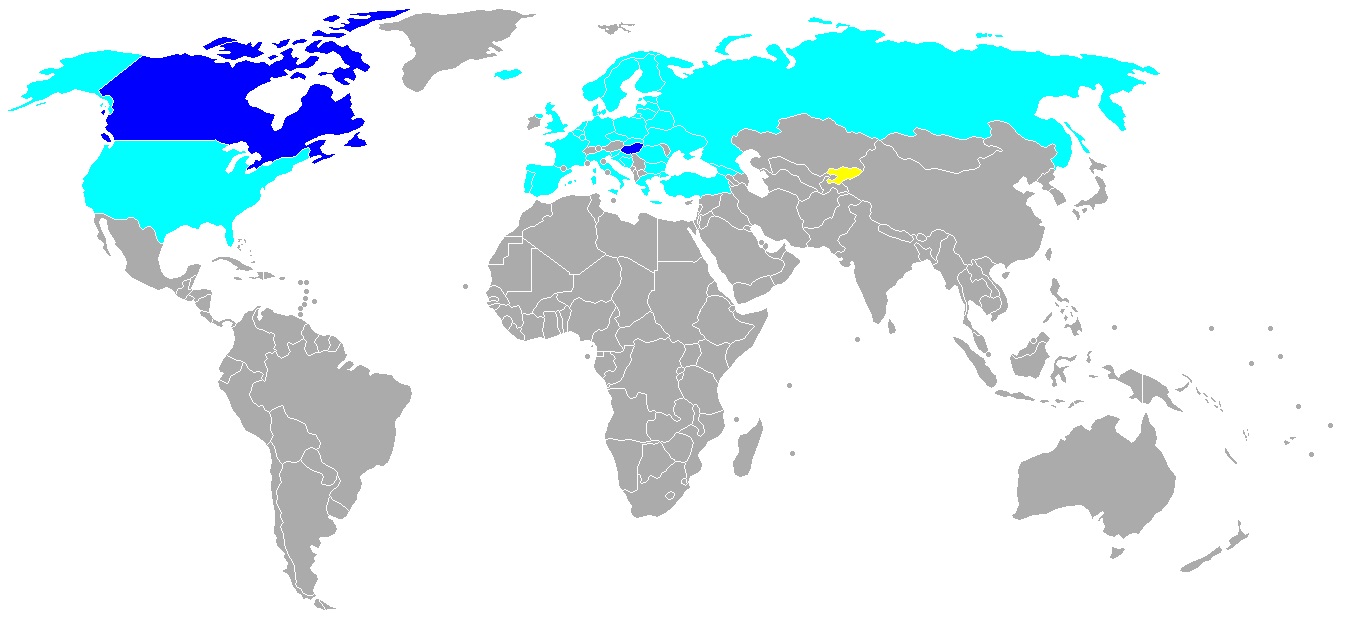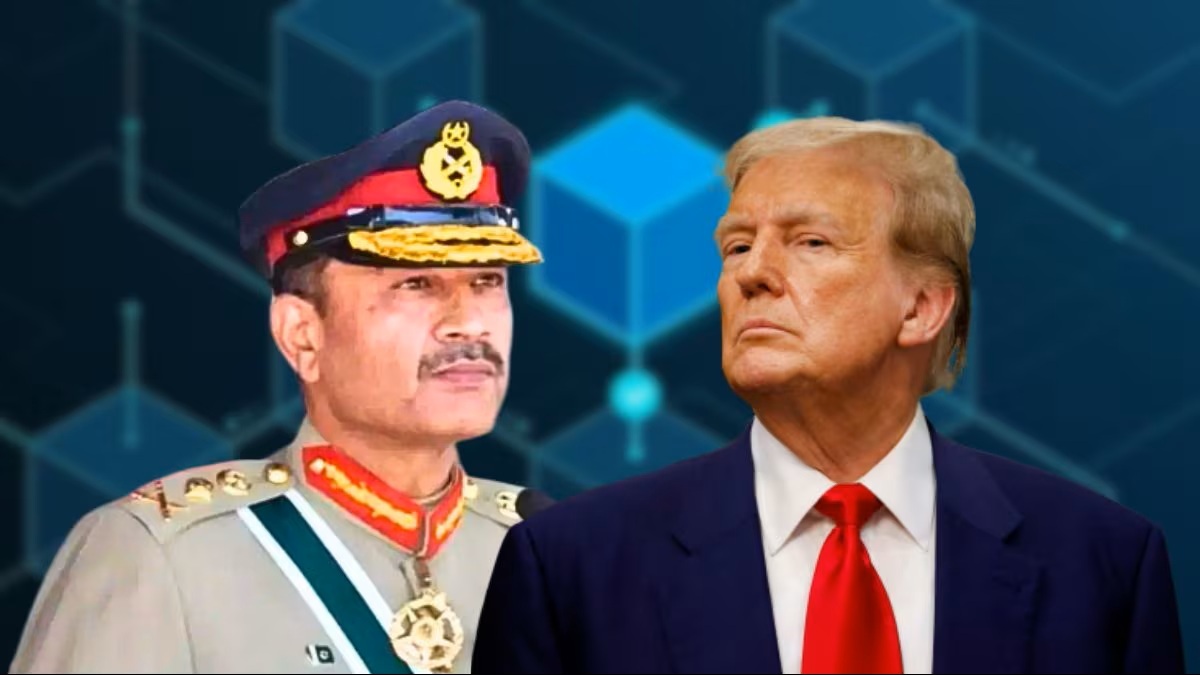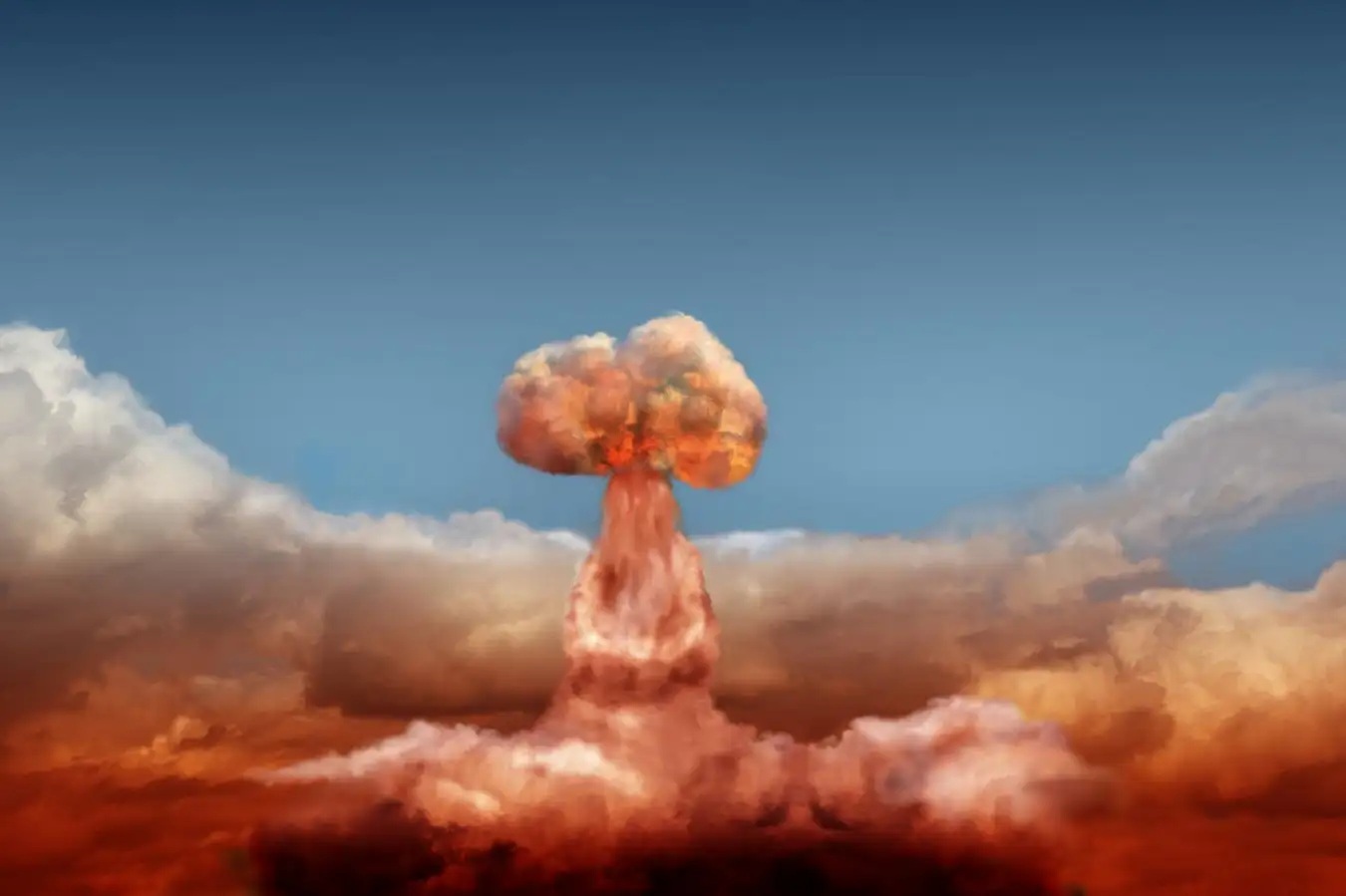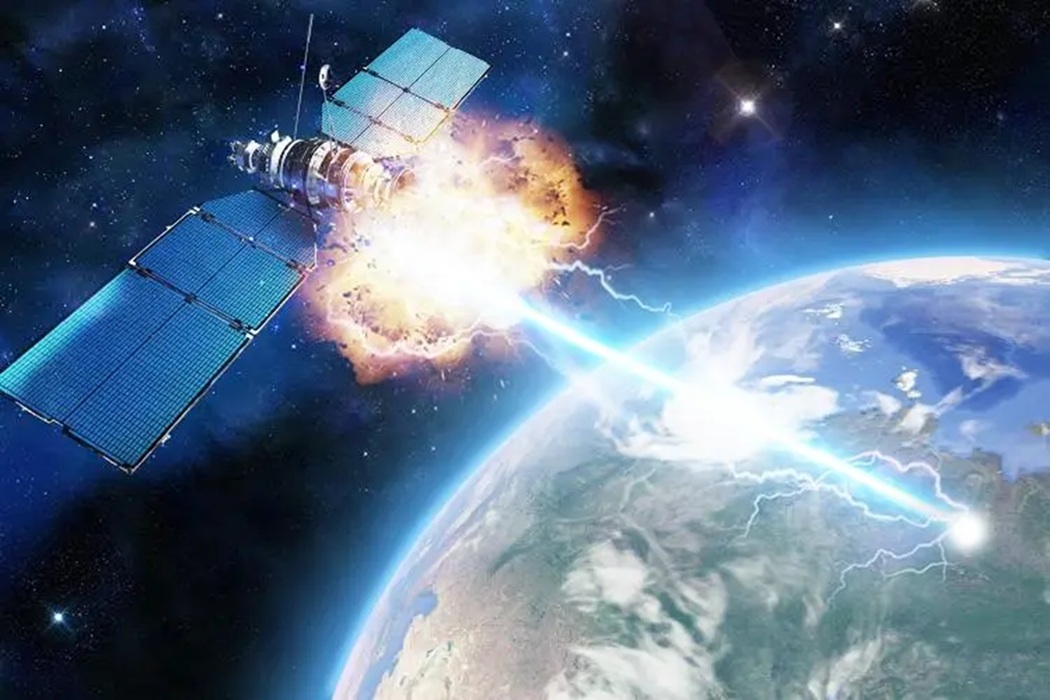Open Sky Treaty establishes the right to undertake unarmed aerial surveillance flights by the participant nation over the territory of nations who have signed the treaty.
In the first part of this article, we saw history and purpose behind the Open Sky Treaty and reasons for USA’s & Russia’s withdrawal from the Treaty. In Part-II now let us examine the Impacts of US/Russia withdrawal on world’s stability as well as some viable measures to revive the treaty.
Implications of USA’s and Russia’s withdrawal from the Open Sky Treaty
The analysis above has shown that the treaty came about with good intentions (6). A hearing of the Senate Foreign Relations Committee on the Treaty, in September 1992, noted that the treaty was not framed as an arms control measure, but as a measure that calls for higher levels of openness and transparency leading to better predictability and stability, thus lessening tensions among the participating states.
However, Trump’s decision to withdraw from the treaty has been seen as a prelude to what might happen with regard to another arms control measure that will be up for renewal soon. The bilateral START agreement with Russia, which puts a cap on the number of deployed nuclear missiles to 1,550 on each side, is expected to come up for renewal in February 2021. Given the recent U.S. attitude toward global arms control measures, it is possible that the U.S. will not renew the agreement.
The Trump administration had also demonstrated a keen desire for China to join these arms control arrangements. The feeling appears to be that these various U.S.-Russia treaties serve to limit the U.S. ability to compete effectively with China because China is not bound by the same agreements. This was definitely true of the INF treaty. But China has been clear in saying that it has no plans to join any future arms control measure involving the U.S. and Russia.
It is difficult to say what the future of arms control might be given the increasingly contentious nature of major power relations. The Conference on Disarmament (CD) in Geneva has been in a state of limbo for more than two decades and it is unlikely that any serious discussions will happen at the CD in the near future. While the U.S. move does not help matters, it is also yet another indication that the intensifying international competition is shifting to the Indo-Pacific. This means that the U.S. and China will need to engage directly for a new era in arms control.
Not a very conducive situation for maintaining global geo-politico-economic stability.
Possible Measures to Save the Open Sky Treaty
There is no point in denying that the Open Sky treaty had played an important role in transatlantic relations (7). The treaty’s (which has been highly technical in nature) goal has been to enhance mutual understanding, build trust, increase predictability, and lower potential military tensions.
But the Treaty in its current condition has not been sufficient. The United States, in recent years, had made numerous attempts to enhance it, including direct talks with Moscow, in the so-called Small Group format (between 2016 and 2017). But the treaty slowly slipped into crisis since 2014. Analysts’ have felt that the treaty was put to risk for at least three reasons:-
- USA’s perception that Russia continued to violate the treaty. The two most outstanding issues pertained to prohibiting flights over the areas of Russia’s borders with the Georgian breakaway regions of South Ossetia and Abkhazia and restricting the total length of observation over the Kaliningrad Oblast to 500 kilometres or less. Russia’s decision to deny the Treaty flight during its Center-2019 military exercise in September 2019 only exacerbated the current concerns.
- The deeply technical character of the Treaty made the discussion on its future prone to misinformation. This was especially visible in the debates about the specialized technical elements such as synthetic aperture radars and digital electro-optical sensors, which have been characterized by fake news and targeted messaging designed to undermine the treaty’s value in the context of new technologies.
- The Open Sky Treaty, contrary to nuclear treaties, has operated mostly unseen and unknown by the public. This created an impression that the treaty is not indispensable to European security, even though it actually provides smaller states without significant satellite capabilities an important instrument to monitor their powerful neighbours, especially Russia.
The future of the treaty is now indeed uncertain and has implications as discussed above. But many analysts feel that there are still some constructive ways that could save and enhance the Treaty:-
- As with any other transparency and the risk-reduction instrument would warrant, the Treaty should contribute to three things: security, stability, and verification. As security though indivisible, is linked to the security of each signatory party, the ultimate task of the Treaty should be to eliminate any security grey zones or regions of unequal security. At the same time, stability based on reciprocity should not only be seen but should be felt, meaning that all parties must feel they get the same out of the treaty. This would maximize the incentive for parties to stay in compliance with their obligations. And finally, parties need solid verification, which in practical terms means the ability to assess the compliance of each other.
- The like-minded countries should increase pressure on Russia to come back to full compliance with the Treaty. This should be done in a coherent and coordinated manner. Therefore, a comprehensive action plan should be agreed and implemented by the like-minded states before the upcoming 2020 Open Skies Treaty Review Conference. The USA also needs to be brought around the table, as in a world of digital diplomacy; limiting actions might not do the trick. Diplomacy behind closed doors should be complemented by public actions and statements.
- The like-minded countries should also start a reflection process on how the Treaty could strengthen other international organizations. The UN, the Organisation for the Prohibition of Chemical Weapons, or the International Atomic Energy Agency could benefit from the treaty, for example by addressing a request to a member state to conduct an observation flight or by requesting it to transmit certain images.
An examination of 2019 efforts by NATO allies and its partners to agree on proposals for the most comprehensive modernization package of the OSCC Vienna Document (since 1994) proved that if the United States is brought around, it could still work jointly with the European state parties to enhance the Treaty and world stability. In fact, only close transatlantic cooperation can make the Open Sky Treaty great again.
Conclusion
The Open Skies Treaty was signed on 24 Mar 1992. The treaty was conceived for transparency and world stability. The Treaty allows each state-party (country) to conduct short-notice, unarmed, reconnaissance flights over the other countries’ territories to collect data on military forces and activities.
The Treaty was established with good intentions of achieving transparency and stability in the matters of global security. However, mutual mistrust and the power struggle between the USA and Russia led to the withdrawal of both countries from the Treaty.
USA’s and Russia’s withdrawal from the Open Skies Treaty has significantly upended the balance of interests of signatory states. It has also jeopardised the future of not only the Open Sky Treaty but other Arms Limitations Treaties, thus, having significant implications on global security.
There are possible ways to retrieve the situation and the European nations must put pressure on the USA to reconsider its stand and come to the negotiations table while addressing the legitimate concerns of Russia. This would be the only way for the revival of the Open Sky Treaty, ensuring the world peace and security in the true spirit of the dictum ‘Vasudhaiv Kutumbakam’.
Title Image Courtesy: https://military.wikia.org/wiki/Treaty_on_Open_Skies
Disclaimer: The views and opinions expressed by the author do not necessarily reflect the views of the Government of India and Defence Research and Studies
References:
- Rajagopalan RP, 29 May 2020, The Diplomat, Implications of the US Withdrawal
from the Open Skies Treaty, Retrieved from:
https://thediplomat.com/2020/05/implications-of-the-us-withdrawal-from-the-open-
skies-treaty/ - Dominik P. Jankowski, 09 Jan 2020, Carnegie Europe ( Strategic Europe), How to
Save the Open Skies Treaty, Retrieved from:
https://carnegieeurope.eu/strategiceurope/80738





